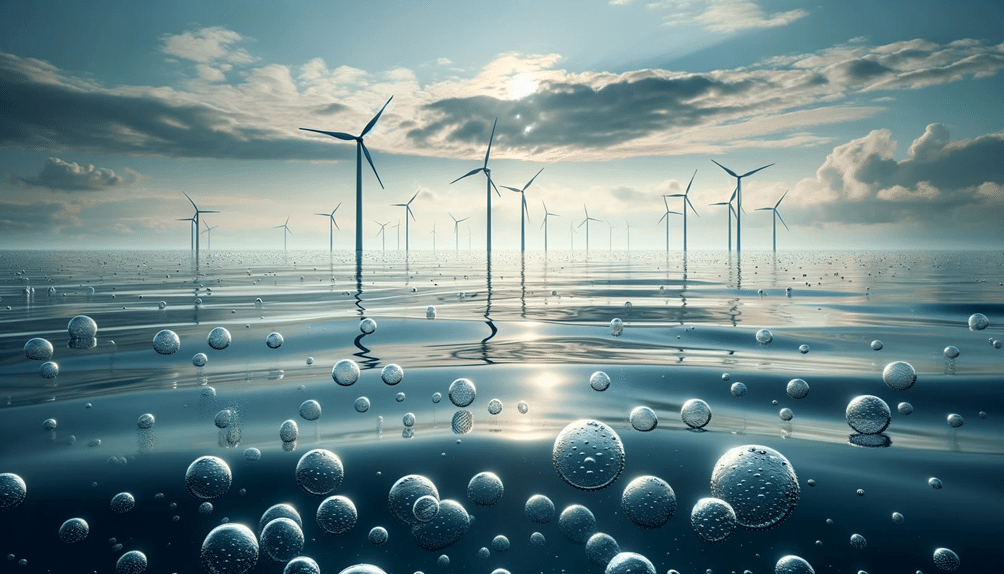Baltic Sea Oxygenation and the Super-Green Hydrogen Economy project, fondly known as “BOxHy,” has emerged as a beacon of hope for combating anoxia in the Baltic Sea.
This collaborative venture brings together the expertise of Flexens, Lhyfe, and Stockholm University’s Department of Ecology, Environment, and Plant Sciences (DEEP). Let’s delve into the goals, technology, potential impact, and challenges that define this ambitious project.
The primary objective of BOxHy is to combat “anoxia,” the dire condition of oxygen depletion in the Baltic Sea. The project proposes injecting pure oxygen using deep oxygen injection (DOI) technology to rejuvenate marine ecosystems and address the adverse effects of anoxia.
BOxHy adopts a unique approach by integrating the growing sector of green hydrogen production with Baltic Sea restoration. The project aims to utilize the co-produced oxygen during water electrolysis, a key process in hydrogen production, to contribute to marine health.
By linking oxygenation efforts with the production of “super-green” hydrogen, BOxHy seeks to create a sustainable financing model for Baltic Sea Oxygenation. The project’s symbiotic strategy envisions not only environmental restoration but also the expansion of the green hydrogen economy.
At the heart of BOxHy lies the Deep Oxygen Injection (DOI) method. This technology involves releasing pure oxygen deep under the water’s surface, targeting regions with changes in water density. The system ensures even oxygen distribution through micro-bubbles, a technique already employed in freshwater lakes in the United States.
BOxHy is set to identify a suitable fjord-scale pilot site for DOI, involving meticulous preparations, stakeholder engagement, and sourcing potential funding. The project builds on the findings of a BSAP-funded study published in October 2022, laying the groundwork for testing oxygen injection in the Baltic Sea.
Lhyfe, a pioneer in green hydrogen production, will investigate the integration of DOI technology with offshore hydrogen production platforms. The goal is to explore the replicability of the platform in the Baltic Sea environment.
BOxHy envisions revitalizing the Baltic Sea ecosystem by restoring oxygen conditions. This has the potential to expand the habitat for cod reproduction and feeding, while also reducing concentrations of phosphorus and mitigating the bloom of toxic cyanobacteria.
The estimated oxygen demand in the Baltic Sea is substantial, and BOxHy proposes a sustainable financing model by utilizing oxygen co-produced during hydrogen production. This approach aligns with the project’s broader goals of promoting a “super-green” hydrogen economy.
Beyond the environmental impact, BOxHy aims to ignite essential discussions on the integration of oxygenation with hydrogen production. The project actively engages with key stakeholders, addressing technical, financial, political, regulatory, and social aspects crucial for success.
